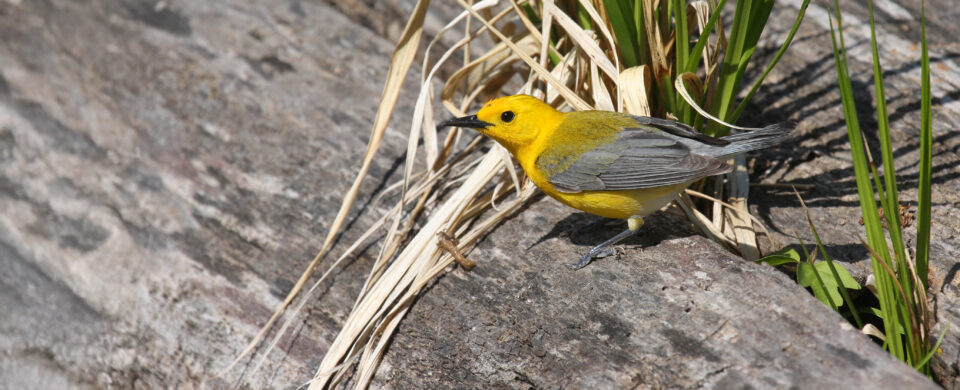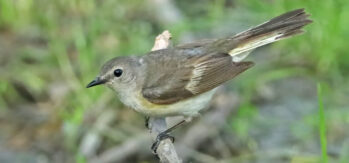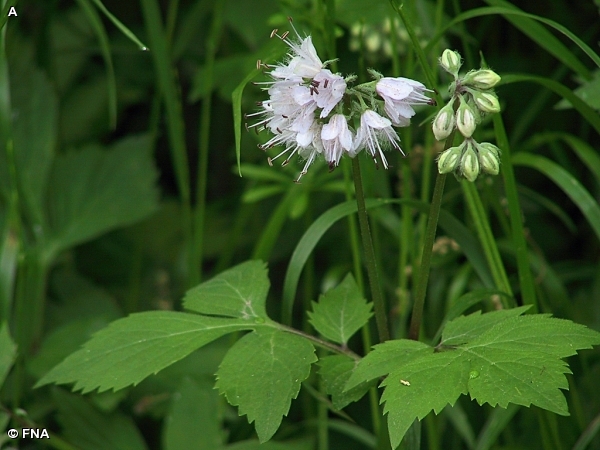This site is a portal to all plants and animals photographed within Fontenelle Forest and Neale Woods Nature Reserve.
Featured Species
5 Tips for Capturing Your Fontenelle Forest Experience
- Embrace your inner explorer. Go on a nature scavenger hunt!
- Use free apps to identify the plants and animals you encounter.
- Take the path less traveled.
- Did you discover something cool on your hike? Take a picture instead of taking it with you!
- Not ready for a solo adventure? Sign up for a program or guided hike!
Read the Full Blog











